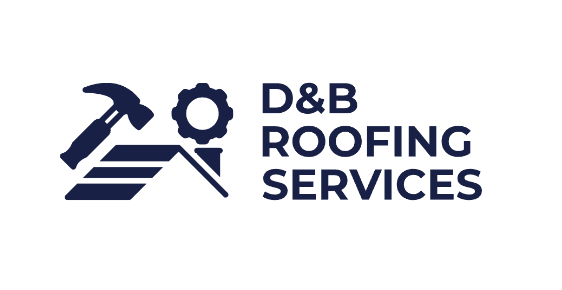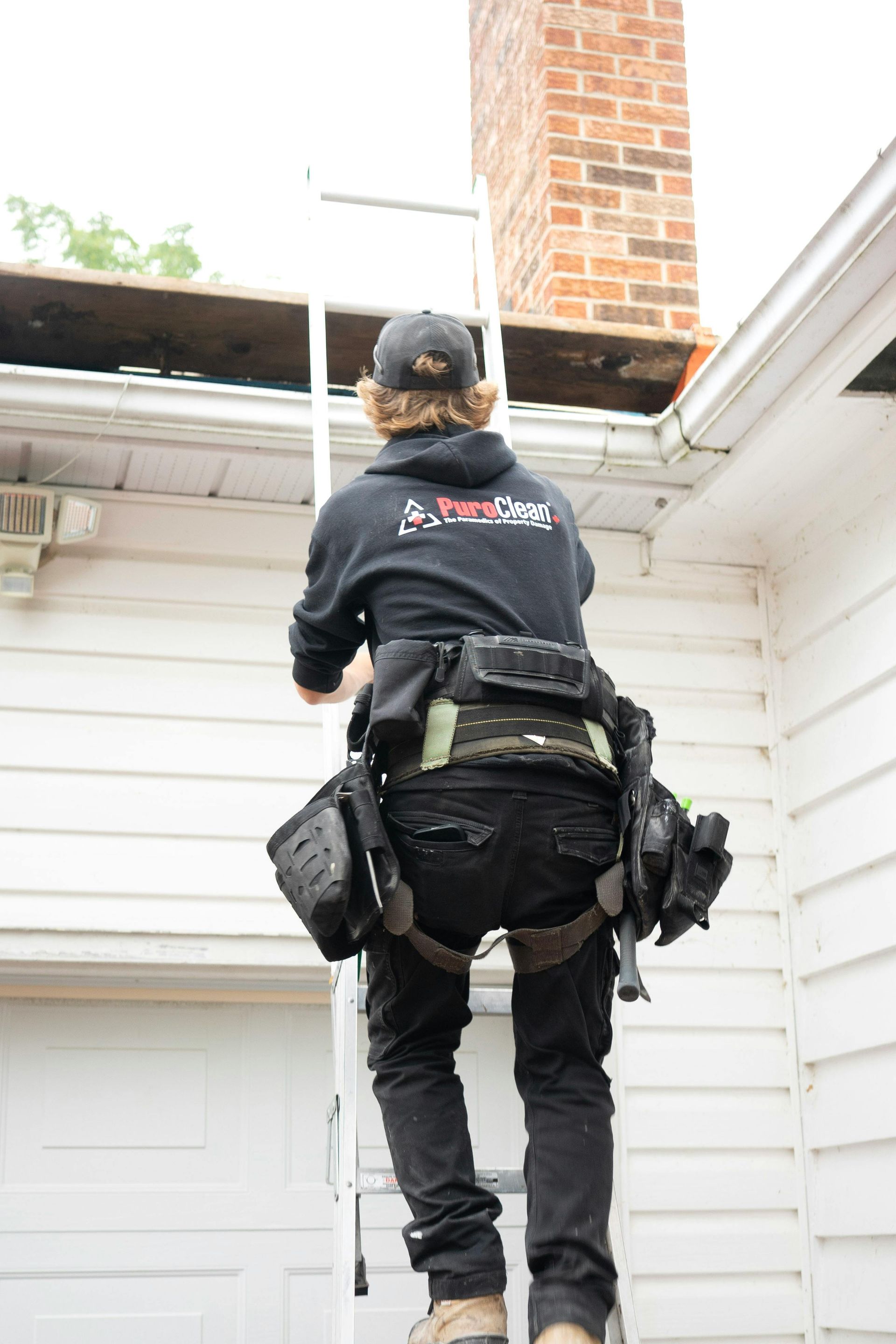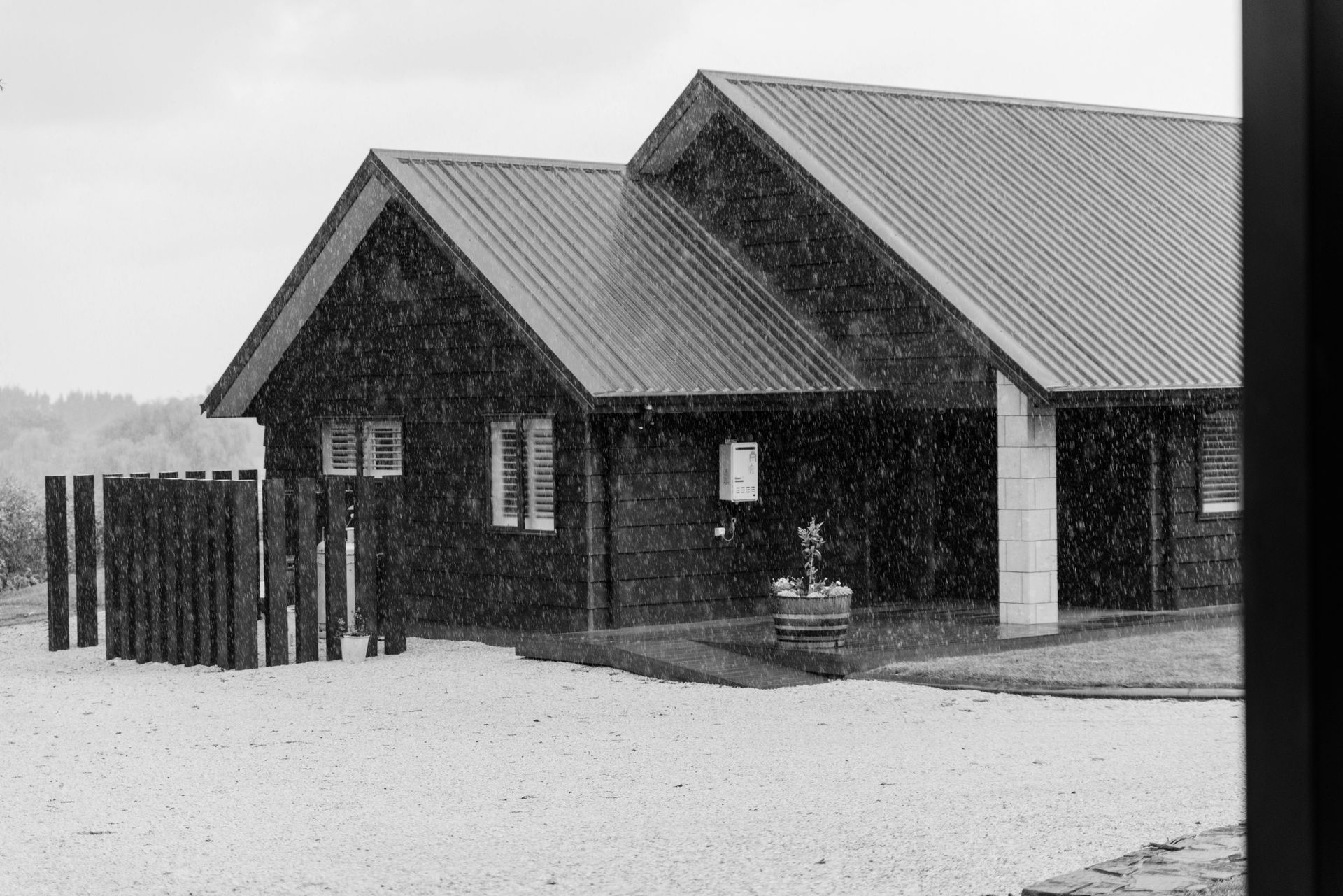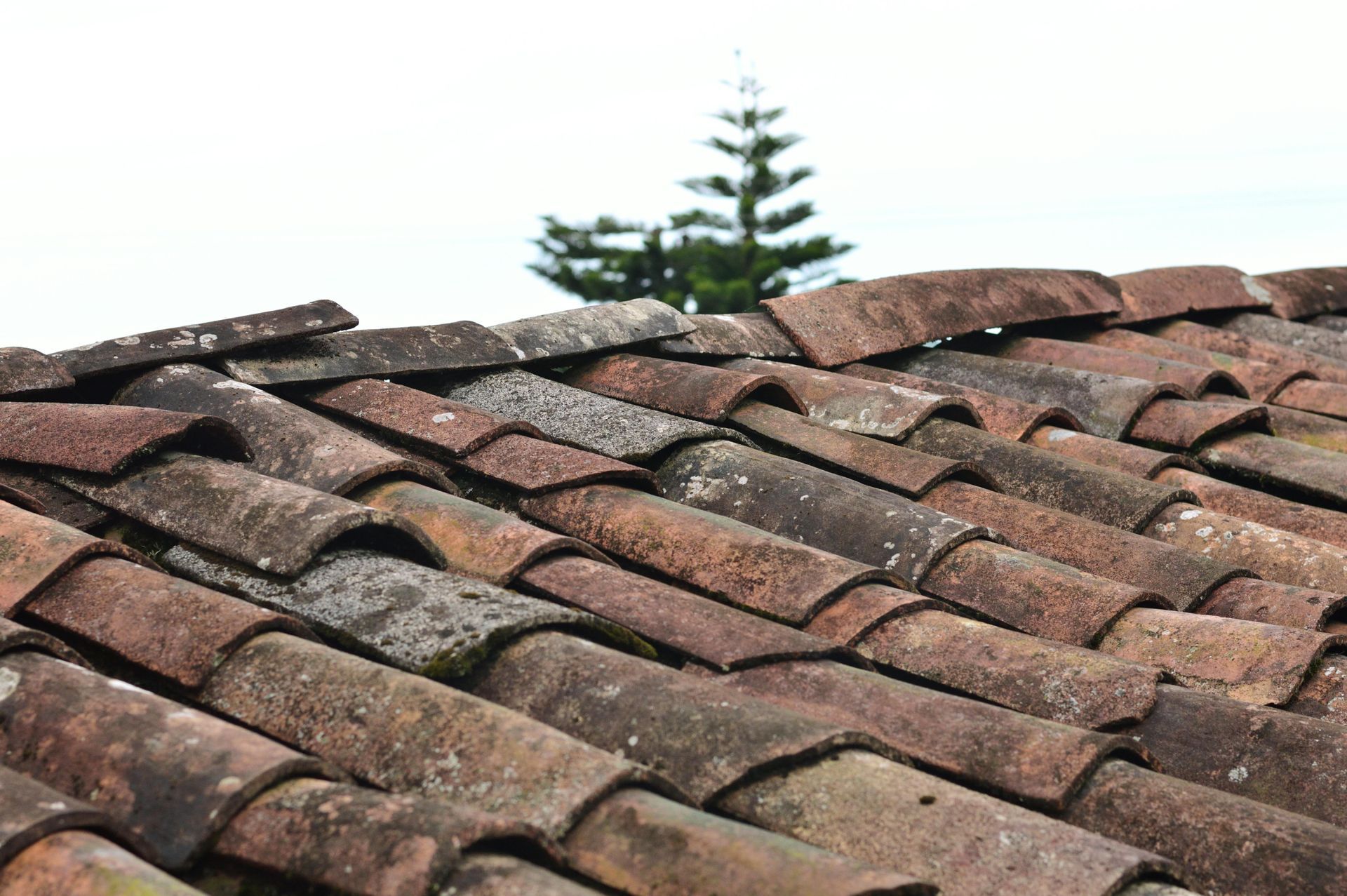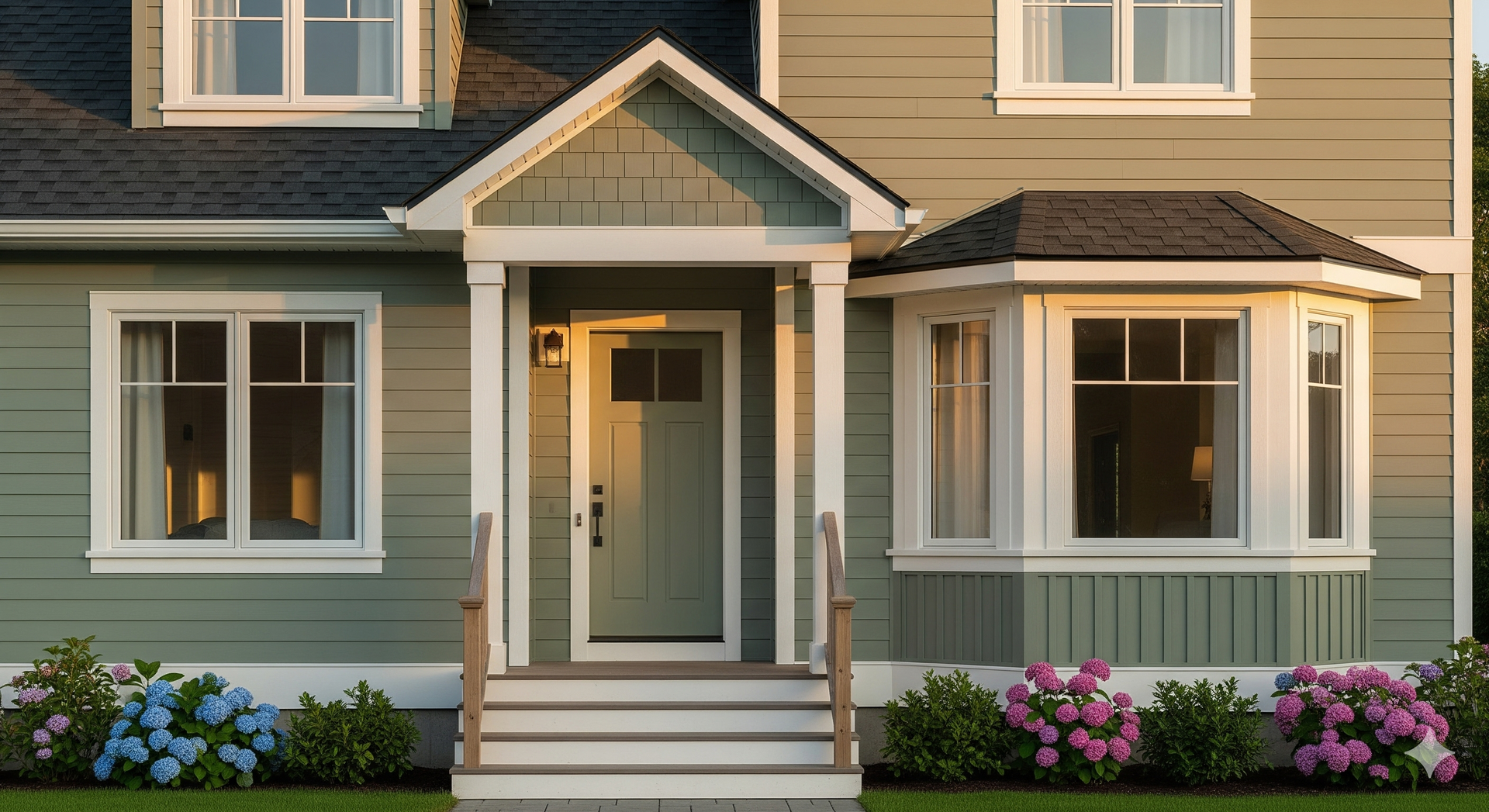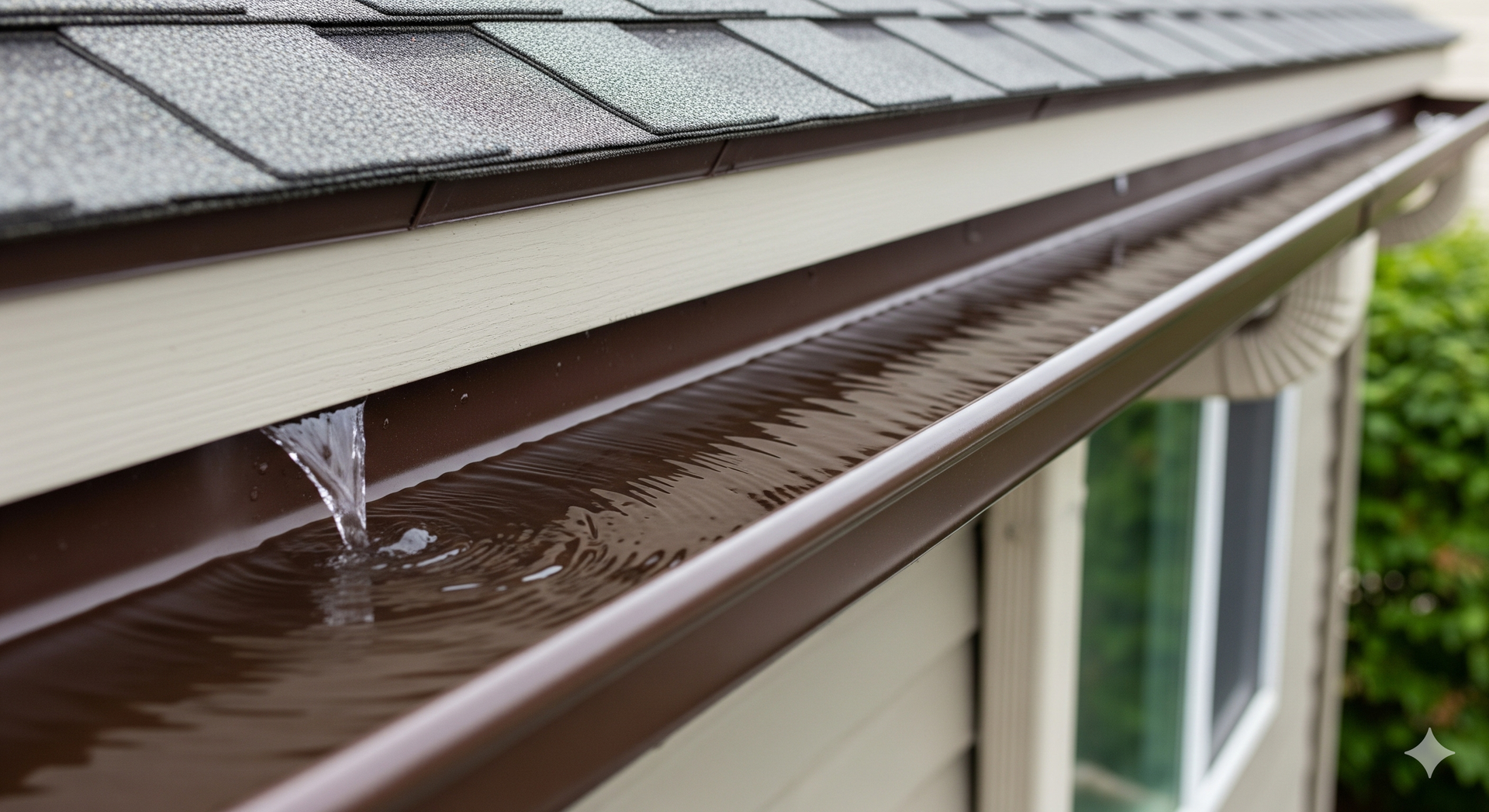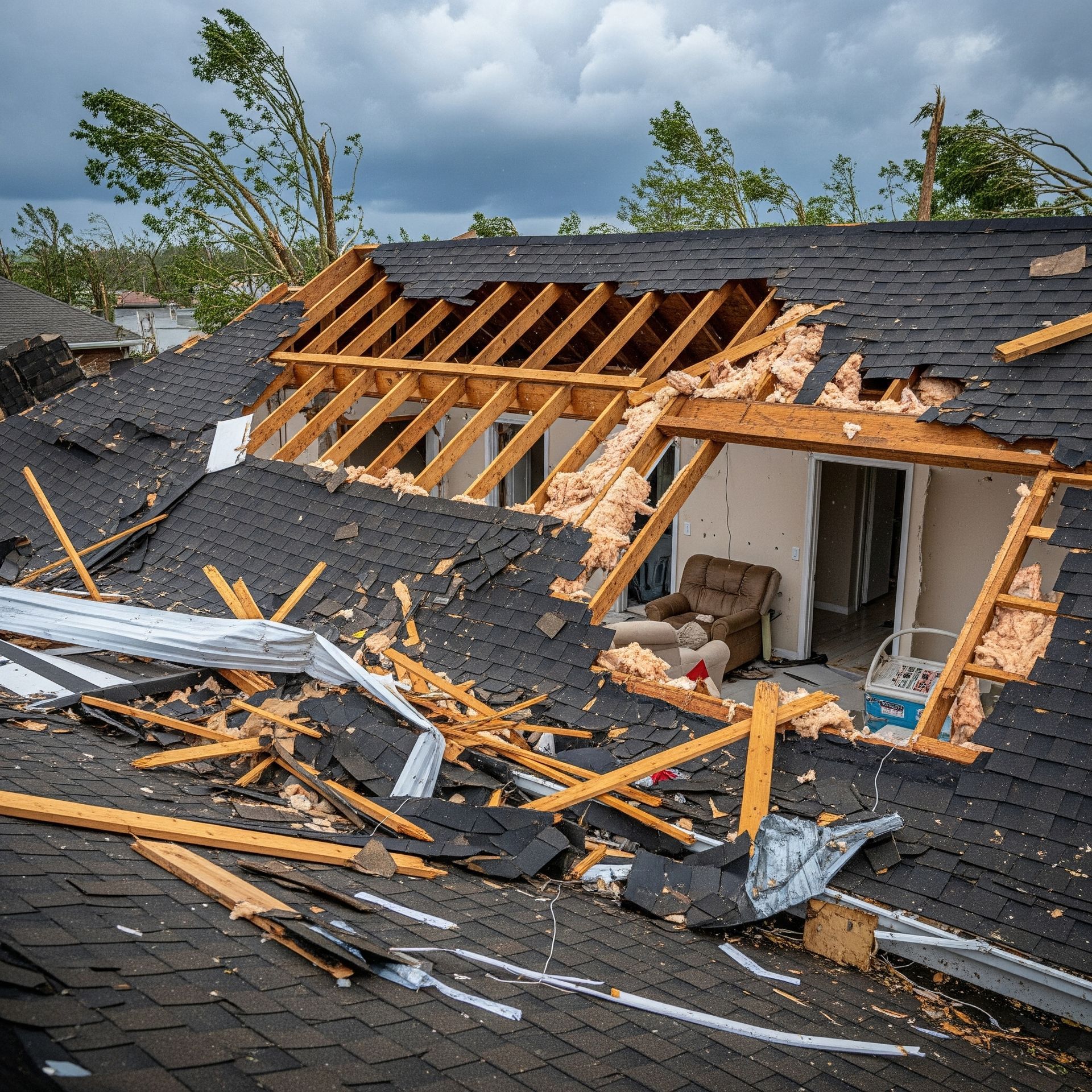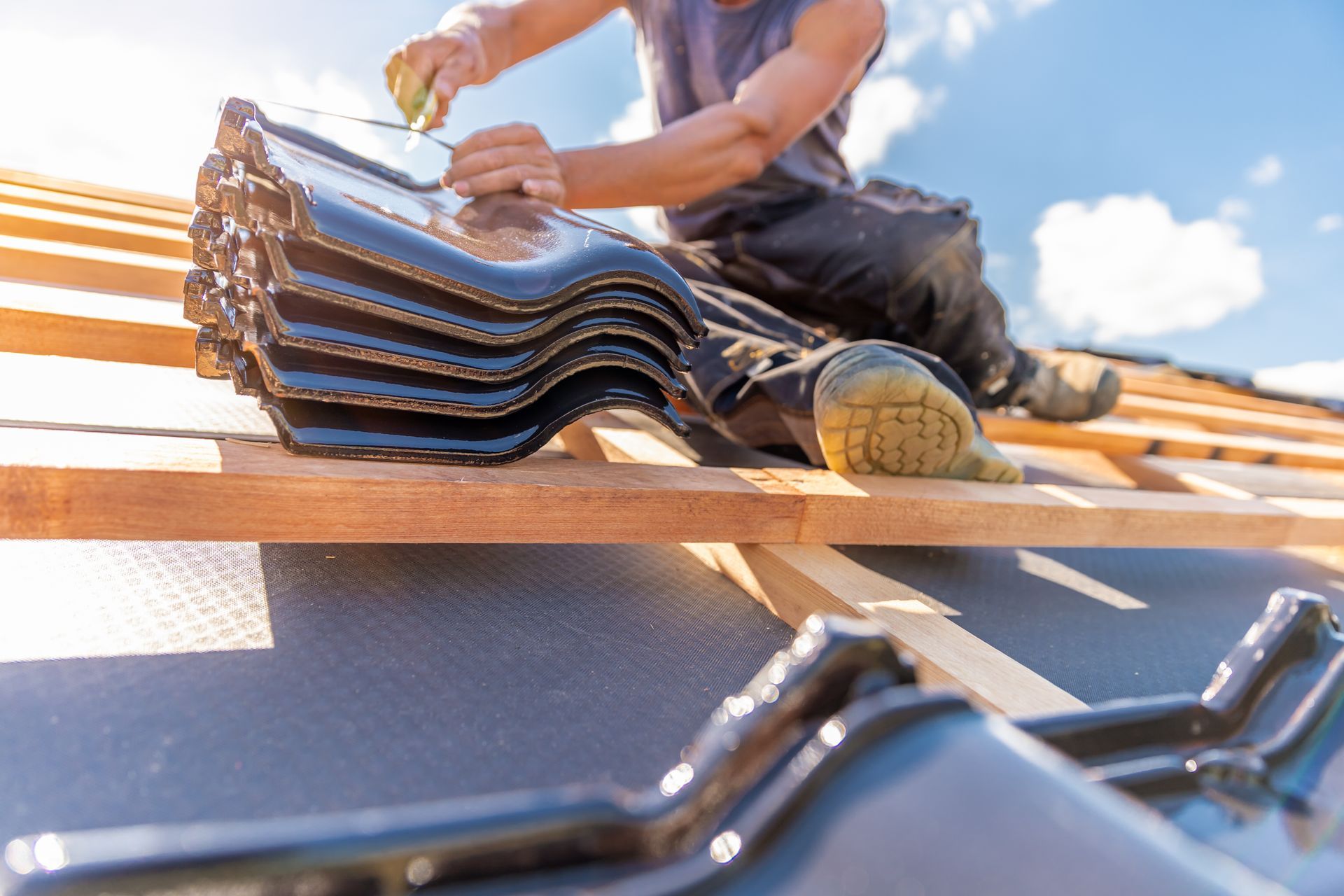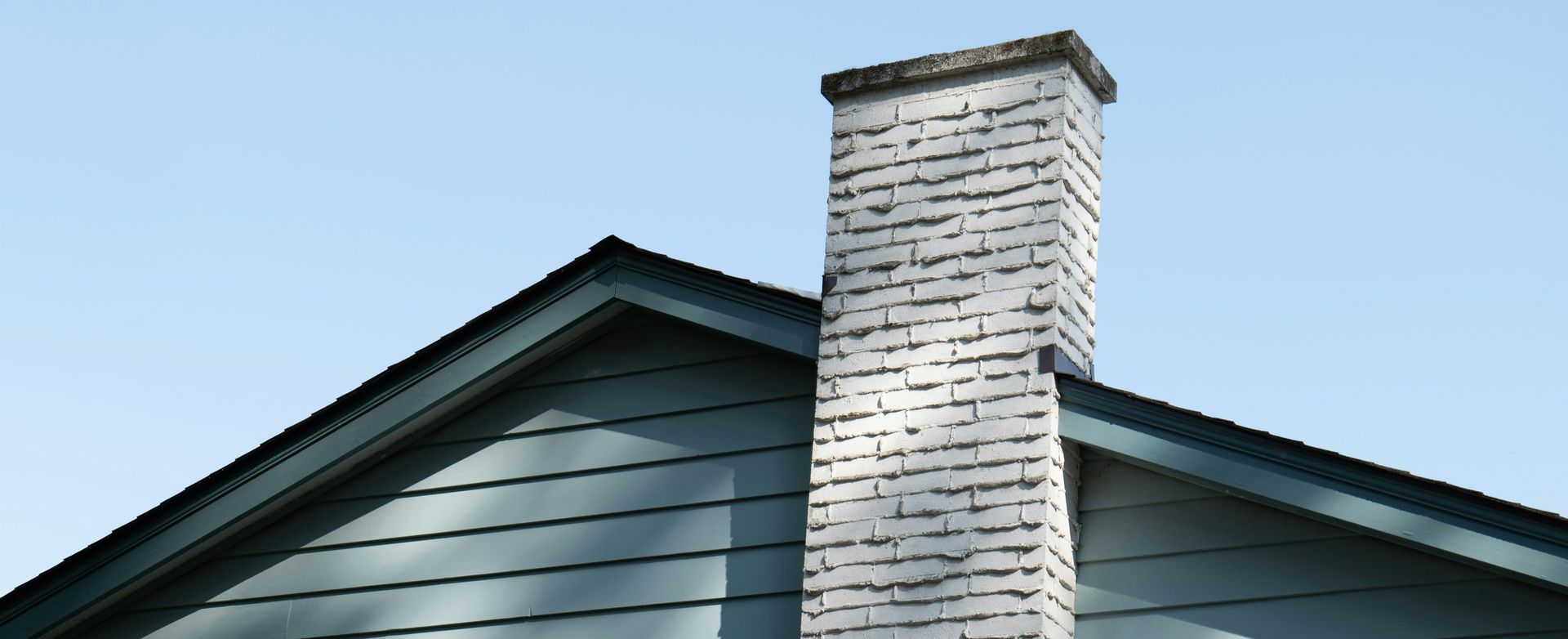Your Go-To Resource for Roofing Tips and Insights
Expert Advice to Protect and Enhance Your Home
Stay informed with our helpful blog posts covering roofing, siding, and home maintenance topics. At
D & B Services, we’re not just here to provide exceptional craftsmanship—we’re here to share our knowledge and help you make informed decisions about your home.
Featured Blog Posts
Benefits of Reading Our Blog
Helping You Stay Ahead of Roofing Issues
Our blog is designed to:
• Provide homeowners with actionable tips for maintaining their roofs and siding.
• Answer common questions about roofing, repairs, and materials.
• Highlight solutions to local challenges specific to Midlothian, Chesterfield, and the Greater Richmond Area.
• Educate you on how to protect your home while maximizing its value.
